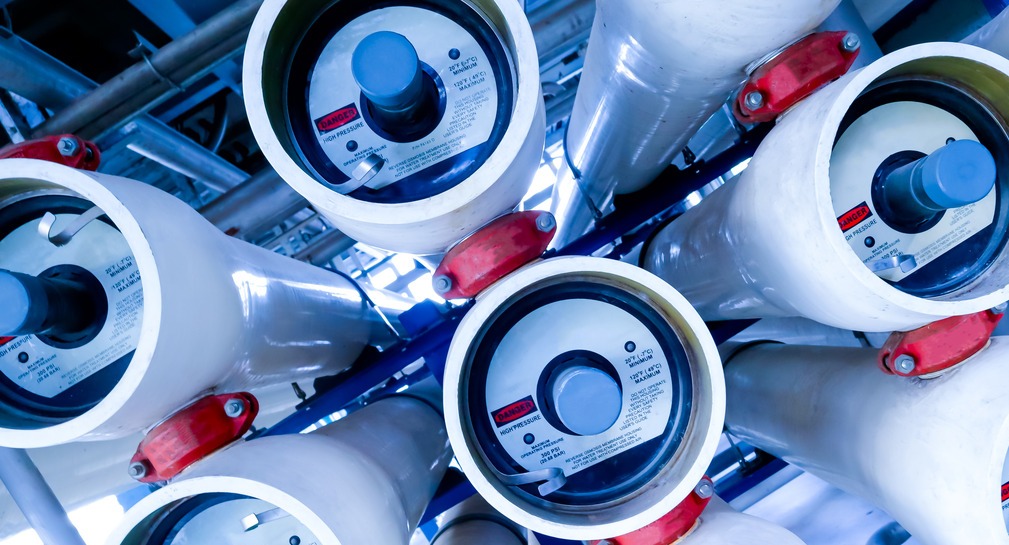Modified Thin-Film Composite Membranes for Enhanced Reverse Osmosis

KEY INFORMATION
Materials - Composites
TECHNOLOGY OVERVIEW
Thin-film nanocomposite (TFN) membranes are a promising technology for desalination to increase water permeability of thin-film composite (TFC) membranes without compromising selectivity. However, their widespread use has been limited by the time and resources required to synthesise the necessary nanomaterials.
This invention relates to a methodology to form TFN membranes directly on TFC membranes, resulting in membranes with enhanced water permeability with little compromise on salt rejection.
TECHNOLOGY FEATURES & SPECIFICATIONS
By optimising the preparation process and adjusting the concentrations of nanomaterial precursors, an optimal TFN membrane was achieved with a water permeance of 3.36 LMH/bar and a salt rejection of 98.22%. This represents an 84% improvement in water permeance compared to the pristine membrane, without sacrificing salt rejection performance.
This new method simplifies the process of integrating nanomaterials into TFN membranes, removing the need for tedious and resource-intensive nanomaterial synthesis, and allowing for practical scaling-up and even modification of commercial membranes.
POTENTIAL APPLICATIONS
This technology may be applied in wastewater reclamation and saline water desalination using reverse osmosis (RO) technology due to the improved water permeability and salt rejection properties.
Market Trends & Opportunities
According to a MarketsandMarkets report, the global membrane market was valued at USD 6.4 billion in 2022 and is projected to reach USD 10.1 billion by 2027, growing at a CAGR of 9.7% from 2022 to 2027.
Unique Value Proposition
- Reduces TFN membrane fabrication time as nanoparticles do not need to be synthesised in advance
- Enhances water permeability of TFC membranes without much compromise in salt rejection
- Method can be applied onto TFC membranes which have already been formed
